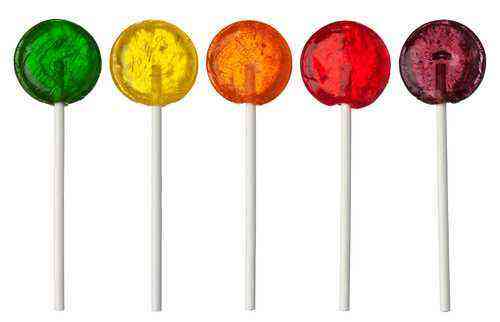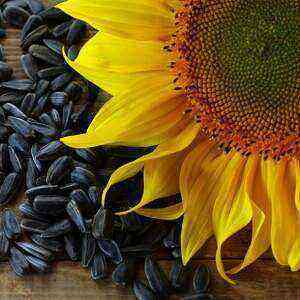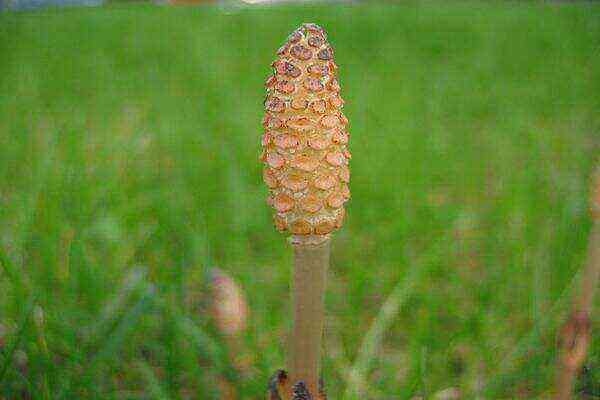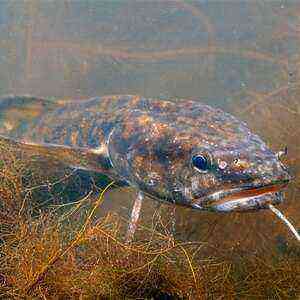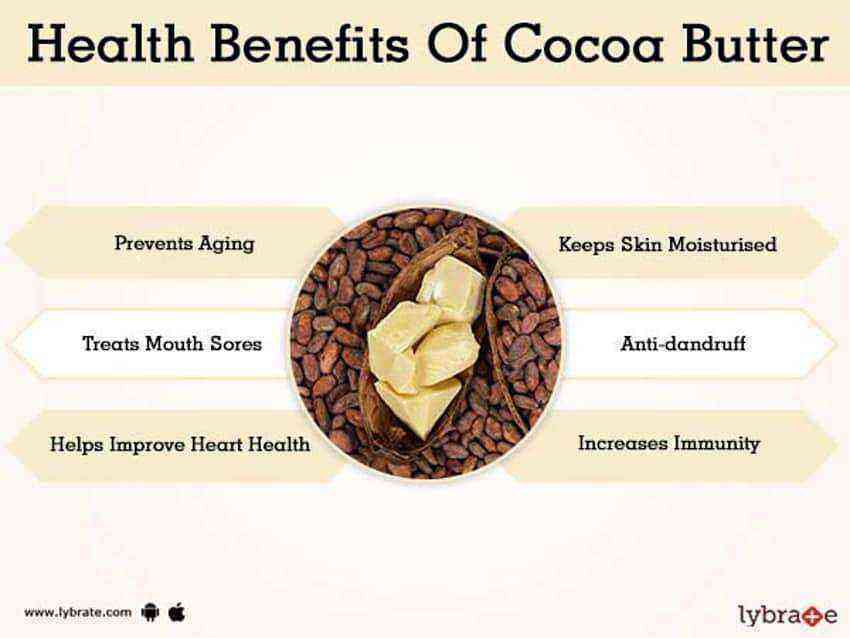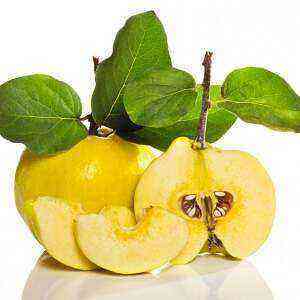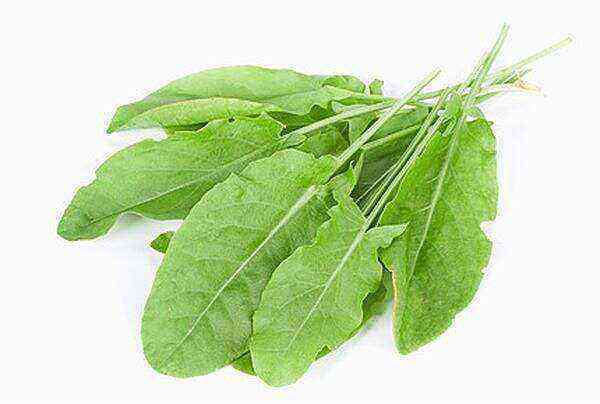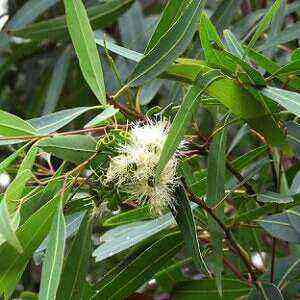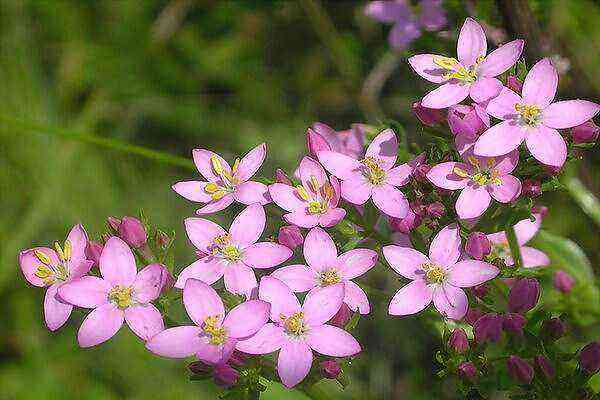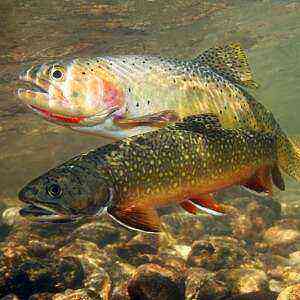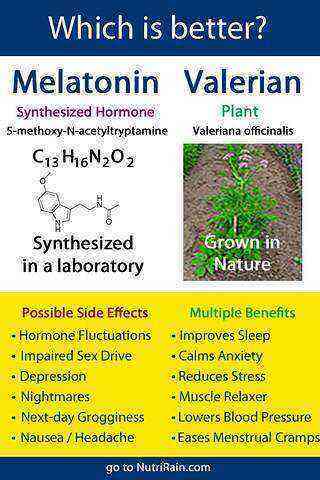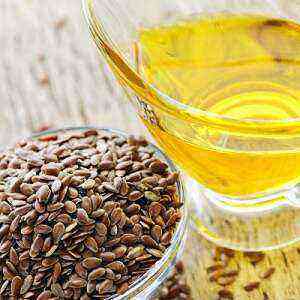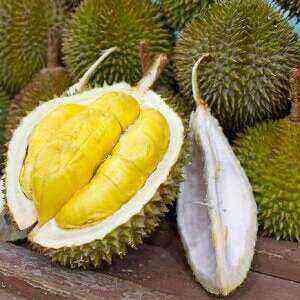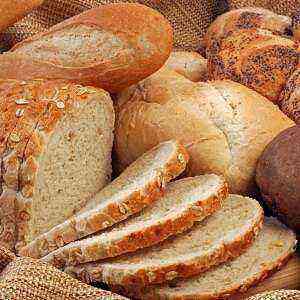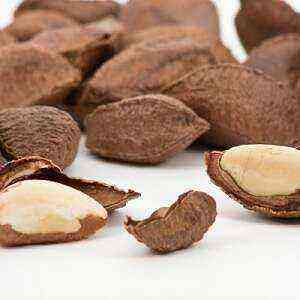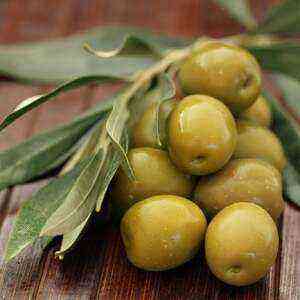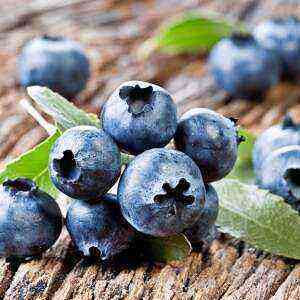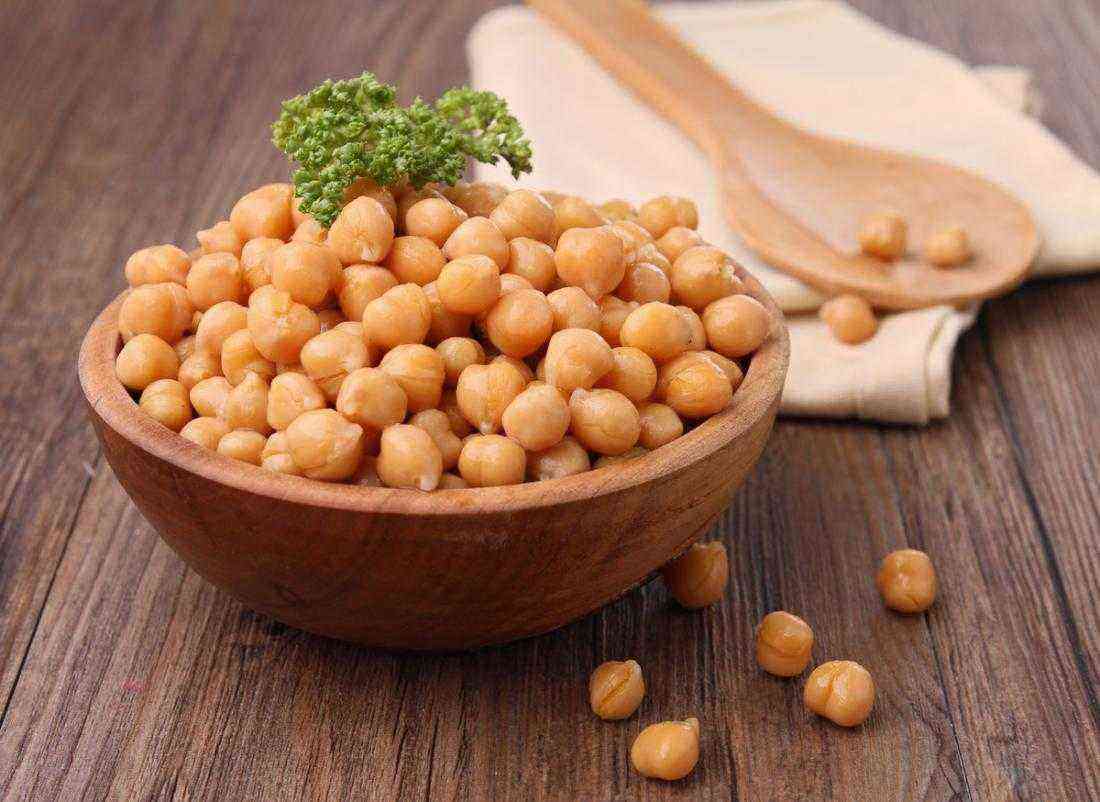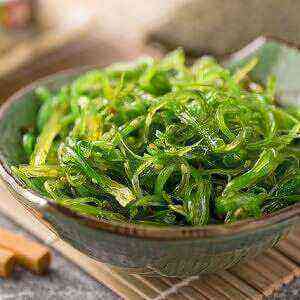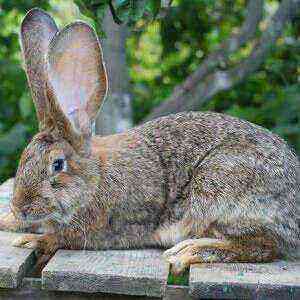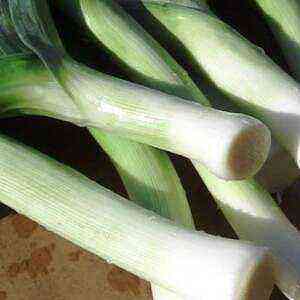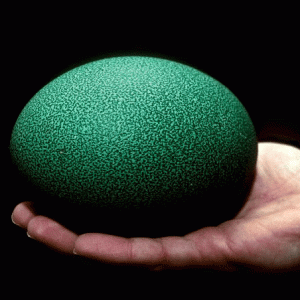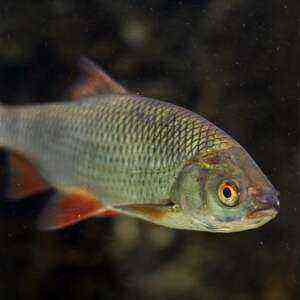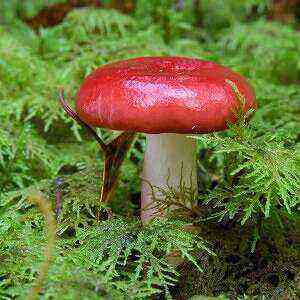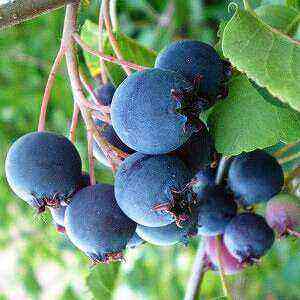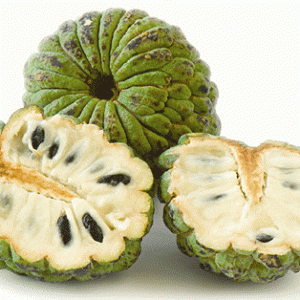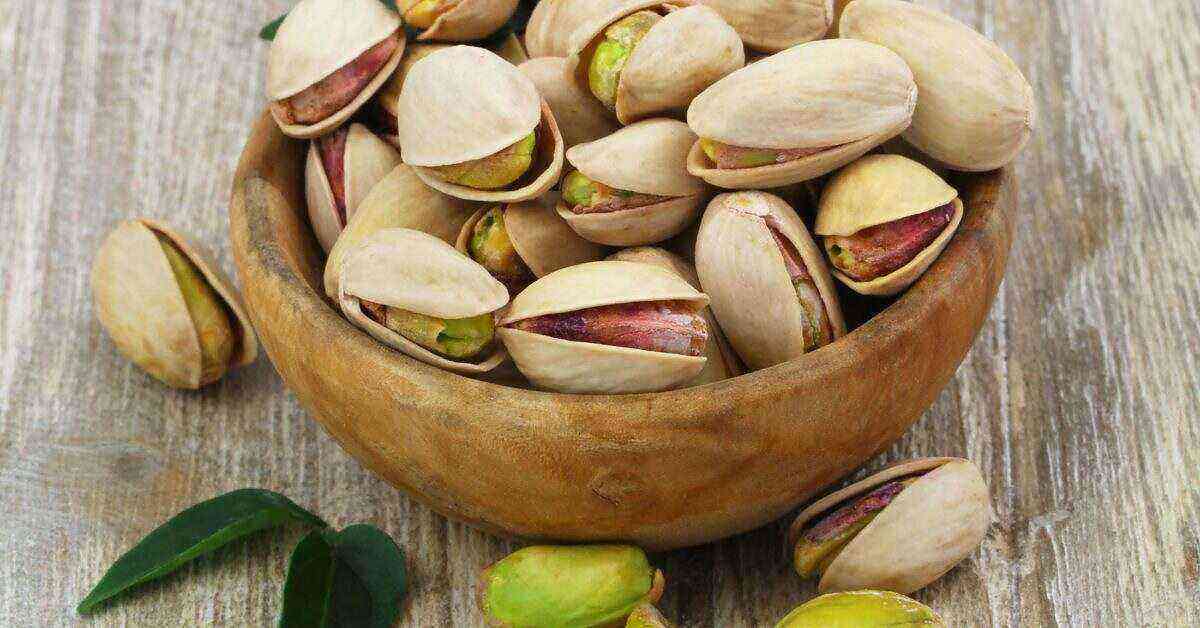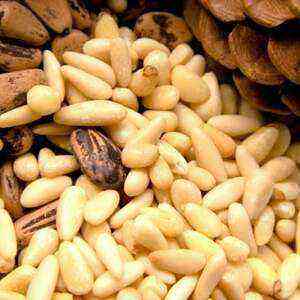
Appearance
Pinia is a coniferous tree, pine families. It grows mainly in the Mediterranean countries, often found in Italy. Italian pine is a tall beautiful tree with a thick dark green crown. It can easily be recognized by the spreading branches at the top. Densely seated with pine needles, they form an umbrella shed, under which you can hide from a hot day.
Its seeds are formed in cones, which are densely distributed throughout the tree, sometimes single, sometimes in groups of up to three. They ripen in the fall of the third year. In the spring the cones open and the seeds fall out of them. But the bumps themselves continue to hang on the pine for another two or three years. The seeds of the pine tree remind all of us the familiar pine nuts: oblong, elongated, ribbed. The shell of the nuts is dark brown, with lighter patches.
Pine nuts are considered the largest representatives of pine trees, they are four times larger than cedar. Their shell is quite strong, containing a tasty grain with a delicate resinous aroma. Pine fruits annually, bringing a great harvest, and its life expectancy over 500 years. In Italy, its seeds are called pintles.
Pinia has a fairly extensive habitat: it is distributed on the Mediterranean coast, on part of the Iberian Peninsula, as well as in the Crimea and the Caucasus. Often found in Turkey. Pinea settles both in sands and in loose soil. Loves sunlight and is drought-friendly.
Interesting historical facts
With its beauty, the pinia captivated people as far back as the 1st millennium BC. It was widely used by the ancient Etruscans, first for decorative purposes, and then for nutrients. The ancient Greeks and Romans also used the fruits of this tree. In the study of Pompeii, the seeds of the pine were found in the homes of the inhabitants.
Due to its interesting appearance, pine pinia is perfect for Chinese bonsai art – growing an exact replica of a tree in miniature. By the way, the well-known Pinocchio, whose image embodied Alexey Tolstoy so well in Buratino, was made from this log. And it was precisely with pine cones shelling the harmful Carabas-Barabas. And the huge beard of this villain eventually stuck to the trunk, richly flavored with resin, too, it turns out, this pine.
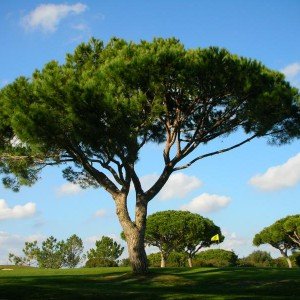
Storage and selection of nuts
On sale you can find different types of pine nuts, but when buying, it is desirable to give preference to the seeds that are in the shell. The shelf life of unpeeled nuts is much longer than that released from the shell. The second, after a few weeks, lose their taste and healthy qualities. The fact is that fats, which are rich in pine nuts, are oxidized when exposed to air, with which they lose their taste. To keep peeled grains longer and not to squander their positive qualities, they should be kept in the refrigerator or better still in the freezer.
Nutritional value of pine nuts
Pine nuts, like any other nuts, are predominantly fats.
The energy value of pine nuts is approximately 630 kcal.
The chemical composition of nuts
These small nucleoli are a real storehouse of useful vitamins and minerals, which is reflected in their beneficial and healing properties.
In the vitamin composition, it is possible to note the presence of B vitamins (riboflavin, thiamine and niacin), as well as vitamin A and C. The mineral composition is dominated by copper, magnesium, potassium, sodium and phosphorus. Smaller proportions contain zinc, manganese, iron, calcium.
Pine nuts are rich in omega-3 and omega-6 fatty acids, saturated fatty acids: palmitic and stearic, as well as unsaturated fatty acids: linoleic, oleic (omega-9) and others.
Useful Properties

- diseases of the gastrointestinal tract;
- cough, bronchitis and sore throat;
- the appearance of various superficial wounds, as a means for their healing;
- skin diseases and allergic rashes;
- heart disease;
- regular mental exertion.
Use in medicine
These tasty nutlets have a positive effect on the human immune system, relieve fatigue, are a great way to heal stomach ulcers, improve liver and kidney function, and are a powerful diuretic. They are very useful for men, as their regular use significantly increases the potency and increases the motility of sperm. Infusions of nuts are used as both an expectorant and anti-inflammatory agent. Often used for conjunctivitis and ciliary tick.
Pine nuts are rich in calcium and phosphorus, which are responsible for the strength of bones and teeth, magnesium, which protects the nervous system and reduces the risk of depression, zinc, which has a positive effect on hair and nails, promotes healing of wounds.
The content in the nuts of copper and manganese can improve the nervous system, protects the body from the effects of harmful substances and free radicals, and also contributes to libido and enhances sexual activity.
From these fat-rich grains extract various oils used in the food industry, as well as for the manufacture of paints and varnishes. Essential oil extracted from Italian pine is considered very useful. It has a powerful antibacterial and antiseptic effect, in addition gives a pleasant pine aroma and is an excellent aphrodisiac.
Cooking application
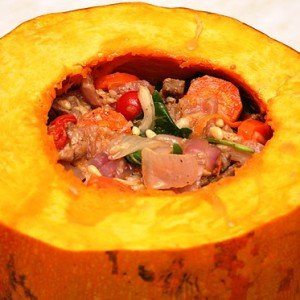
Italian Pumpkin Recipe
For preparation it will be required:
- pumpkin – 1 kg;
- beef – 500-600 g;
- pork – 500 g;
- cherry tomatoes – approximately 150-200 g;
- Pine nuts (you can use ordinary pine) – about 100 g;
- greenery;
- paprika – 1 pcs;
- sauerkraut – 300 g;
- onions – 2 medium head;
- carrot – 2-3 pcs;
- Butter – 100
Rinse, cut and peel the pumpkin. Fry pork and beef in a pan. Coarse chopped onions and carrots should also be sent there. Put out everything for 15 minutes. Then add the sauerkraut, cherry tomatoes and peppers to the roast. Mix all this, add butter and stuff the prepared pumpkin with the resulting mixture. Cover the resulting dish with foil and bake for one and a half hours at a temperature of 180 degrees.
Application in folk medicine
Thanks to its beneficial properties, pine seeds are widely used in traditional medicine. With their help, make infusions and alcohol tinctures, which have a beneficial effect on the body during the autumn-winter period. They strengthen immunity well and have anti-inflammatory action. Often the infusion of nuts is used in the treatment of cough and for rinsing the mouth, with tonsillitis, tonsillitis and periodontal disease.

Tincture on pine nuts
This useful tincture can be used for various diseases. For its manufacture will require:
- pine seeds – 250 g;
- water – 500 ml;
- alcohol – 500 ml;
- honey – 200
Grind the raw pine seeds and pour warm boiled water. Put in a dark place for a week. After that add alcohol and insist for another month. Filter the infusion and add honey. Store the product in a cool dark place. Shake well before use.
Harm and contraindications
Pine nuts practically have no contraindications, since these are natural components that grow in ecologically clean areas and do not contain any harmful impurities. Like any other products they should be consumed reasonably. But there are a number of factors for which they do not recommend eating nuts:
- individual intolerance of the product;
- children up to 3 years (small nuts can get into the child’s airways).
If you constantly eat a large number of nuts can disrupt the functioning of the organs of touch and hearing. In this case, you should stop eating nuts and after a few days everything will be normal. Also, because of its high calorie content and fatty acid saturation, a large amount of nuts should not be consumed with weight problems and obesity. The rest of the nuts are tasty, healthy and nutritious product.
conclusions
Pine nuts – an exquisite expensive delicacy, highly valued throughout the world, thanks to its pleasant taste, resinous coniferous invigorating aroma and the whole vitamin-mineral complex contained in them. These grains successfully won the love of Italian and French chefs, and confidently conquer other countries and cities. Their beneficial properties are highly valued in traditional medicine and in the manufacture of oils. Due to their chemical composition, they help prevent various diseases, prevent colds, increase immunity and strengthen the body as a whole. Their regular use reduces the risk of depression and has a beneficial effect on the human nervous system. Pine nuts are a tasty and healthy delicacy, a little repulsive because of their high cost. But in general, for the body, they are only beneficial, so eating them in moderation is beneficial and expedient.
